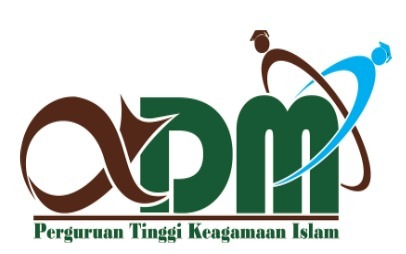Analisis Kestabilan Lokal Model Transmisi Demam Berdarah Dengue
DOI:
https://doi.org/10.21580/square.2024.6.1.21018Abstract
Dengue fever transmission in Indonesia has an advanced amount. In this article, dynamic model of interaction between human and Aedes aegypti mosquitos is learned. The SEIRRD (Susceptible, Exposed, Infected, Recovered, Deceased) model is used in this article. The prurpose in this model is to describe the stability of dengue transmission, so that we can analyze the developed of epidemic model in mathemtic field. Using NGM method to analyze basic reproduction number and applying Routh-Hurwitz criteria method to show the local stability of model. Then, two equilibrium points, called endemic and non-endemic equilibrium points, are obtained. The result of basic reproduction number is described the stability analysis. If basic reproduction number less then one, the endemic equilibrium point is locally asymptotically stable and otherwise. Local stability analysis at the equilibrium point is determined through parameter analysis. Furthermore, numerical simulations are carried out by fitting the data to obtaine the result of the parameters. The results of numerical simulations explaine the spread of dengue transmission
Keywords: Dynamic Model, Epidemic Model, Equilibrium Point, Local Stability, Routh Hurwitz
Downloads
References
A. pardi Agustina anjel. (2023). Analisis Model Sir-Asi Pada Penyakit Demam Berdarah Dengue.
B. Wang, X, et al. (2023). Threshold dynamics and optimal control of a dengue epidemic model with time delay and saturated incidence. J. Appl. Math. Comput., vol. 69, no. 1, pp. 871–893.
C. Xu, Y. Yu, G. Ren, Y. Sun, and X. Si. (2023). Stability analysis and optimal control of a fractional-order generalized SEIR model for the COVID-19 pandemic. Appl. Math. Comput., vol. 457, p. 128210.
F. Nurbaya and J. Pertiwi. (2019). Analisis Penanggulangan Demam Berdarah Dengue (Dbd) Di Kabupaten Sragen. J. Manaj. Inf. dan Adm. Kesehat., vol. 2, no. 2.
G. C. D. Podung, S. N. N. Tatura, and M. F. J. Mantik. (2021). Faktor Risiko Terjadinya Sindroma Syok Dengue pada Demam Berdarah Dengue. J. Biomedik, vol. 13, no. 2, p. 161.
H. R. Pandey, G. R. Phaijoo, and D. B. Gurung. (2023). Analysis of dengue infection transmission dynamics in Nepal using fractional order mathematical modeling. Chaos, Solitons Fractals X, vol. 11.
J. Z. Ndendya, L. Leandry, and A. M. Kipingu. (2023). A next-generation matrix approach using Routh–Hurwitz criterion and quadratic Lyapunov function for modeling animal rabies with infective immigrants. Healthc. Anal., vol. 4, p. 100260.
M. Faid and D. D. Purwanto. (2019). Desain Sistem Pakar Untuk Mendiagnosa Penyakit Demam Berdarah Dengue (DBD). J. Inf. Syst. Hosp. Technol., vol. 1, no. 01, pp. 25–29.
N. Anandika. (2020). Demam Berdarah. p. 38;64.
N. R. Dewi. (2015). Demam Berdarah Dengue. Bul. Jendela Epidemiol., vol. 2, p. 48, 2015,
P. R. Murugadoss, et al. (2023). Analysis of Dengue Transmission Dynamic Model by Stability and Hopf Bifurcation with Two-Time Delays. Front. Biosci. Landmark, vol. 28, no. 6.
Downloads
Published
Issue
Section
License
The Authors submitting a manuscript do so on the understanding that if accepted for publication, copyright of the article shall be assigned to Square: Journal of Mathematics and Mathematics Education as the publisher of the journal. The copyright form should be signed originally and send to the Editorial Office in the form of original mail, scanned document to [email protected]
Square : Journal of Mathematics and Mathematics Education by Mathematics Department UIN Walisongo Semarang is licensed under a Creative Commons Attribution-ShareAlike 4.0 International License.

























